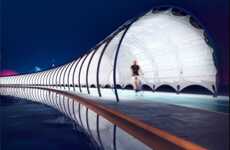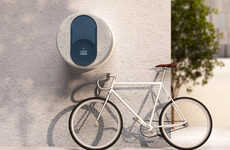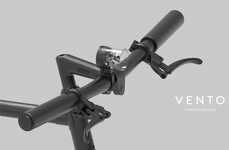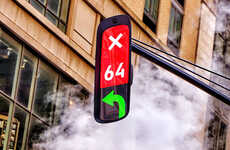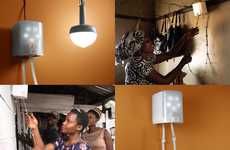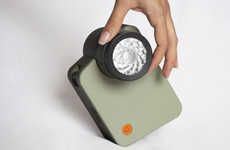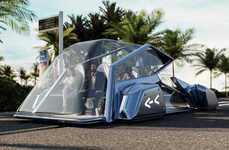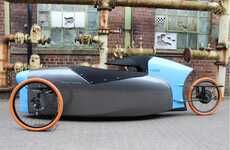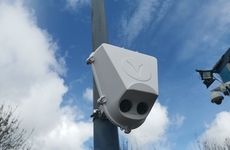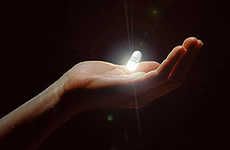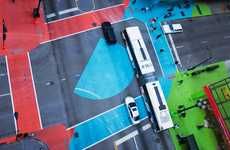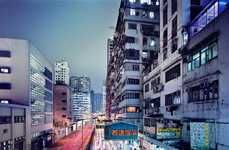
Three Students Create People-Powered Street Lights & Traffic Signals
Clarissa Hilary Basham — March 27, 2011 — Eco
References: ianjayedesign.blogspot & yankodesign
Ian Jaye, Jovan Popovic and Patrick Houin have gone green by creating an intersection powered by humans. Generating kinetic power from pedestrians crossing a busy metropolitan intersection is an ingenious, money-saving idea.
The trio of college students devised this self-sustaining traffic intersection to help cities save money in energy costs, which in turn benefits taxpayers. If the kinetic energy from each pedestrian footstep could be captured to power LED street lamps, traffic signals, cameras and the local energy grid, cities would be able to drastically cut their dependence on oil and electricity. We have the technology -- it's just a matter of executing this brilliant idea.
The trio of college students devised this self-sustaining traffic intersection to help cities save money in energy costs, which in turn benefits taxpayers. If the kinetic energy from each pedestrian footstep could be captured to power LED street lamps, traffic signals, cameras and the local energy grid, cities would be able to drastically cut their dependence on oil and electricity. We have the technology -- it's just a matter of executing this brilliant idea.
Trend Themes
1. Kinetic Power Generation - The utilization of human kinetic energy to power various systems such as street lights, traffic signals, and energy grids.
2. Energy Cost Reduction - The development of innovative solutions to drastically cut energy costs for cities and benefit taxpayers.
3. Green Infrastructure - The integration of self-sustaining technologies in urban areas to promote sustainability and reduce dependence on traditional energy sources.
Industry Implications
1. Urban Infrastructure - The implementation of people-powered systems in urban environments to improve energy efficiency and reduce costs.
2. Renewable Energy - The utilization of kinetic energy as a renewable source to power various infrastructures and minimize environmental impact.
3. Smart City Technology - The adoption of innovative solutions for energy management in smart cities, utilizing human kinetic energy as a sustainable power source.
3.7
Score
Popularity
Activity
Freshness


